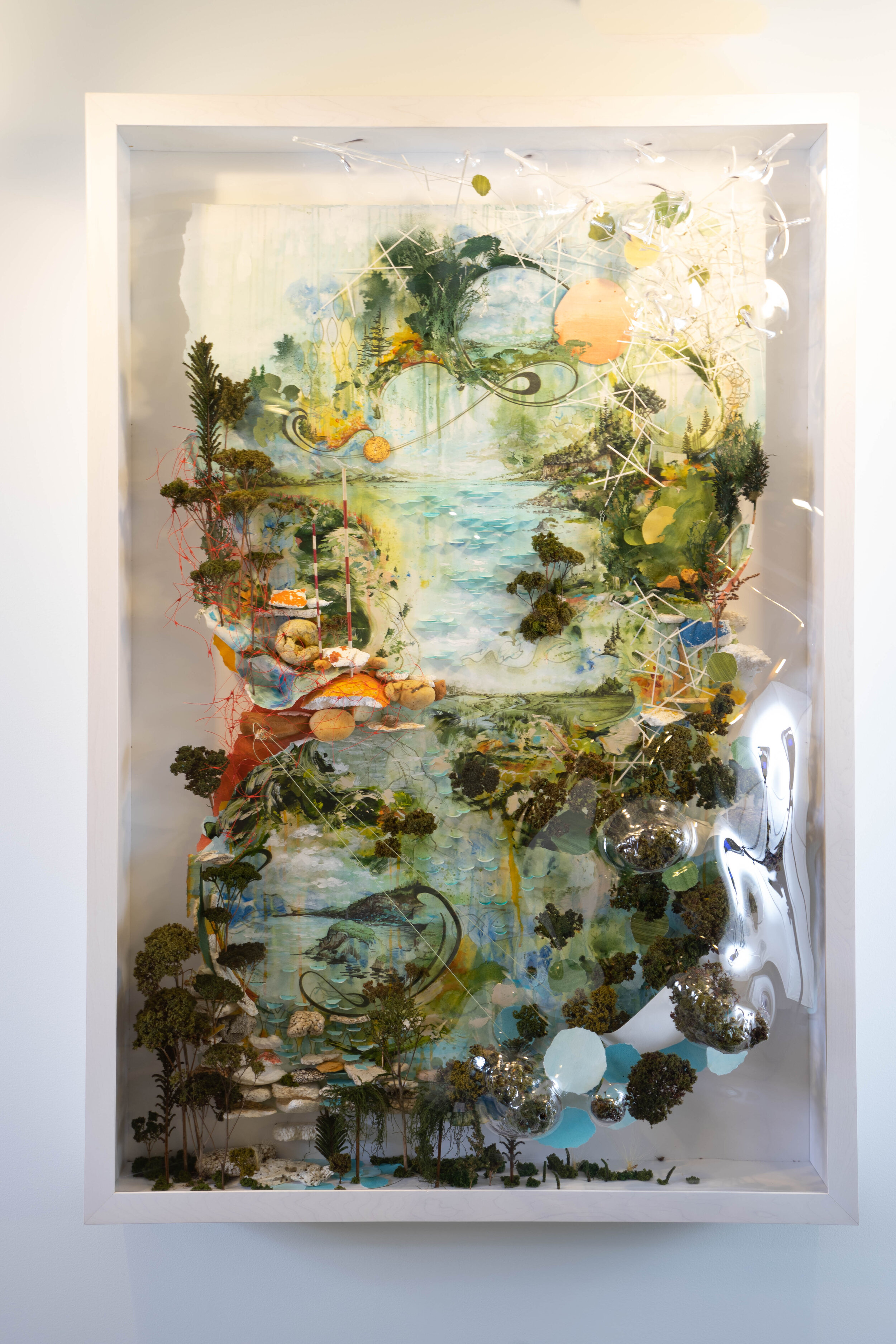You know, they straightened out the Mississippi River in places, to make room for houses and livable acreage. Occasionally the river floods these places. “Floods” is the word they use, but in fact it is not flooding; it is remembering. Remembering where it used to be. All water has a perfect memory and is forever trying to get back to where it used to be.
-Toni Morrison
Like the Mississippi, “the Black body was remapped. Rearticulated through a range of regimes: racial capitalism, colonization, labor exploitation, into a site of extraction,” writes Tia-Simone Gardner in a genre-defying essay that is an extension of her interdisciplinary artistic practice of tracing Blackness in landscapes, above and below the ground’s surface.
Although invented in Europe, the paddle steamer is an emblem of the Mississippi. Romanticized representations of the steamboat appeared often in the writings of Mark Twain, who claimed that he dreamed of being a steamboatman as a boy. The vessel remains a nostalgic symbol of the pre-Civil War period.
Painting a steamboat model in matte gray, Gardner negates this image, as well as Twain’s celebratory representations of the Mississippi as a beacon of freedom in Adventures of Huckleberry Finn and other writings.
The advancement of steamboat technology corresponded directly with the increase in enslaved Black people, making it possible to move bodies and goods up the river—other inland riverboats depended on downward flow. Those with shallow-drafts increased inland access, as they did not require a deep-water port. As a result, the steamboat vastly expanded the market for cotton and other goods. Black people died in different states of unfreedom along the river, from river workers to slaves.
Gardner’s graffiti message takes Twain off his pedestal in the history of American literature and brings the steamboat into the Mississippi of our present, where Black lives are still being taken and Black stories are still being re-membered.

































